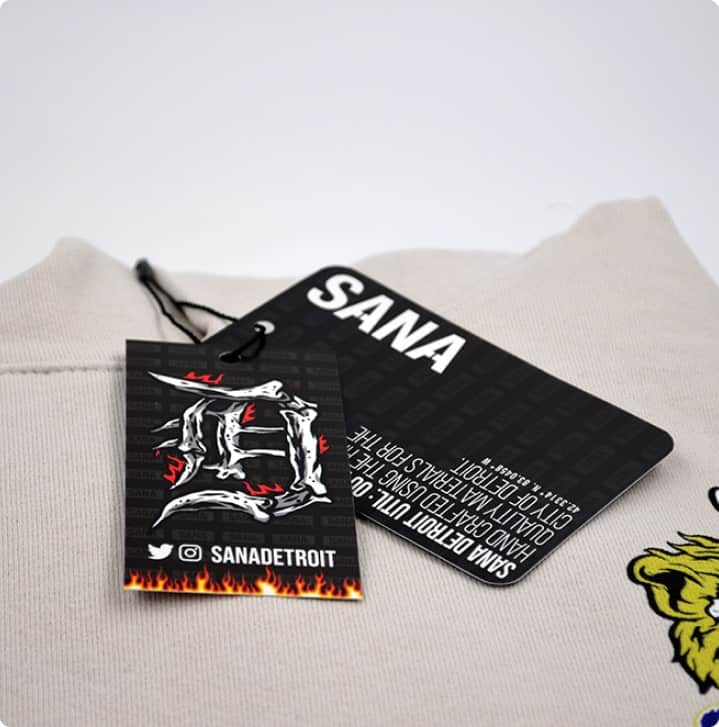
ABOUT FINISHING & FULFILLMENT
Retail Ready Merchandise
The little details go a long way. Accentuate areas of your artwork or elevate your entire logo with specialty print techniques that are sure to grab attention. Bring your design concepts to life with a foil application or dash of glitter. Dedicated to bringing the newest in ink technology and technique to our clients, we are always adding to our options to allow you to create without limits.
FINISHING SERVICES
Finishing Options
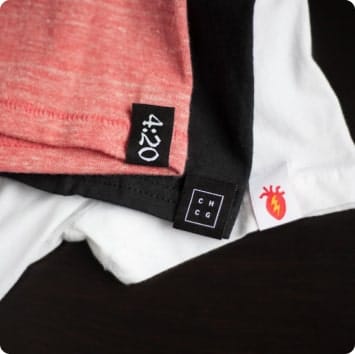
Woven Labels

Hang Tags
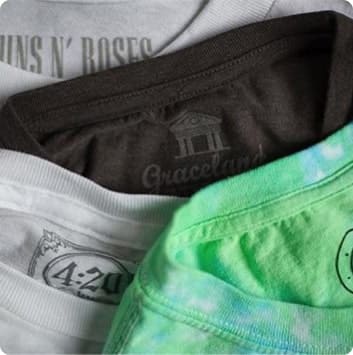
Inside Tags
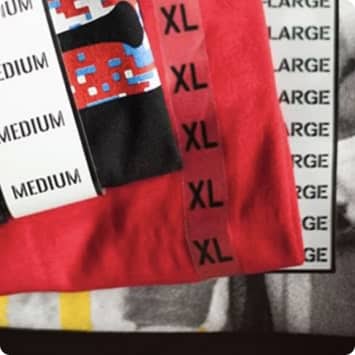
Size Stickers
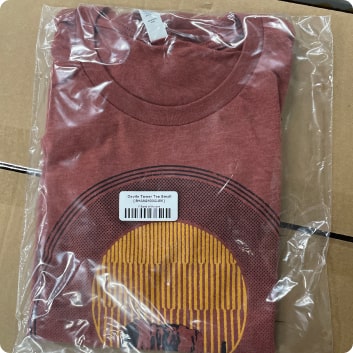
Poly Bag
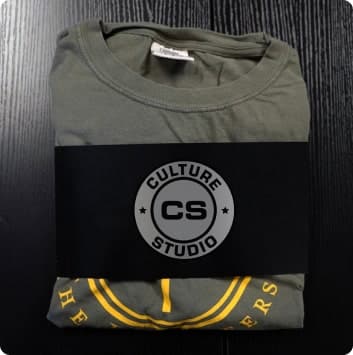
Paper Wraps

Poly Mailer
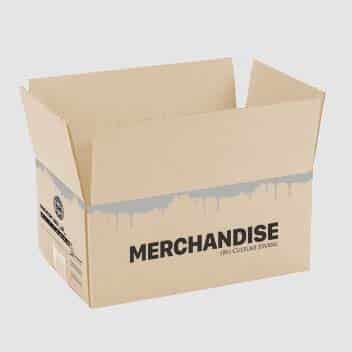
Corrugated Boxes
Maximizing Efficiency and Sales with Retail Ready Merchandise
In the fast-paced world of retail, efficiency, visibility, and consumer convenience are paramount. Retail
Ready Merchandise (RRM) has emerged as a solution to streamline stocking processes, enhance product
visibility, and improve the overall shopping experience. In this article, we explore the key features,
benefits, challenges, best practices, and future trends of RRM, shedding light on its significance in
today’s retail landscape.
Key Features of Retail Ready Merchandise
Packaging Design:
RRM is characterized by packaging that is designed for easy identification and efficient shelving processes.
Shelf-ready packaging ensures quick stocking, while clear labeling and branding enhance product visibility and
appeal to consumers.
Durability and Protection:
Packaging must provide adequate protection during transport to ensure products arrive in sellable condition.
Additionally, durability on shelves is crucial to withstand the rigors of the retail environment and maintain
product integrity.
Consumer Convenience:
RRM prioritizes consumer convenience with packaging that is easy to open and provides clear, concise information
about the product. Enhancing the customer experience through user-friendly packaging can lead to increased
satisfaction and repeat purchases.
Benefits of Retail Ready Merchandise
Time Efficiency:
Reduces stocking time by up to 50%, allowing staff to focus on customer service and other value-added
activities.
Cost Reduction:
Lower labor costs and reduced handling time translate to significant savings for retailers.
Enhanced Visibility:
Better product presentation leads to increased sales and improved brand recognition.
Improved Sales:
Studies show up to 15% increase in sales due to better product placement and visibility.
Sustainability:
Optimized packaging reduces waste and supports environmental sustainability goals.
Supply Chain Efficiency:
Streamlined processes from manufacturer to shelf improve overall supply chain performance.
Challenges in Implementing Retail Ready Merchandise
Initial Investment Costs:
Redesigning packaging and updating production processes requires significant upfront investment that may deter
some manufacturers.
Standardization Issues:
Different retailers may have varying requirements for RRM, making standardization across multiple retail
partners challenging.
Training Requirements:
Staff training is essential to maximize the benefits of RRM implementation and ensure proper handling
procedures.
Balancing Aesthetics and Functionality:
Creating packaging that is both visually appealing to consumers and functionally efficient for retailers
requires careful design consideration.
Best Practices for Retail Ready Merchandise
Collaborate Early and Often:
Involve retailers in the design process from the beginning to ensure packaging meets their specific requirements
and shelf configurations.
Test Before Implementation:
Conduct pilot programs to test packaging effectiveness in real retail environments before full-scale rollout.
Focus on Sustainability:
Use eco-friendly materials and design for recyclability to meet growing consumer and retailer sustainability
demands.
Monitor Performance Metrics:
Track key performance indicators such as stocking time, sales performance, and customer feedback to continuously
improve.
Leverage Technology:
Incorporate QR codes, RFID tags, or other technologies to enhance traceability and provide additional product
information.
Future Trends in Retail Ready Merchandise
Automation Integration:
Packaging designed to work seamlessly with automated stocking systems and robotic shelf management solutions.
Smart Packaging:
Integration of IoT sensors and smart technologies for real-time inventory tracking and consumer engagement.
Personalization:
Customizable packaging solutions that can be adapted for different retail environments and consumer preferences.
Enhanced Sustainability:
Development of fully biodegradable and compostable packaging materials without compromising functionality.
Omnichannel Optimization:
Packaging designed to work effectively across both physical retail stores and e-commerce fulfillment centers.

